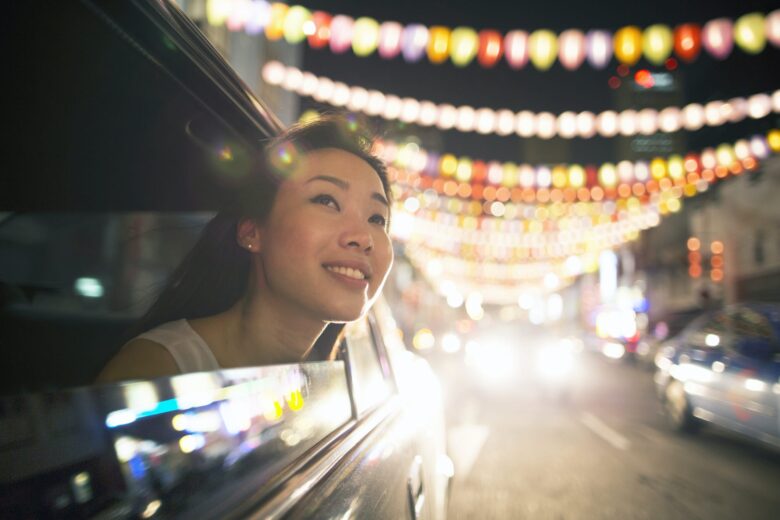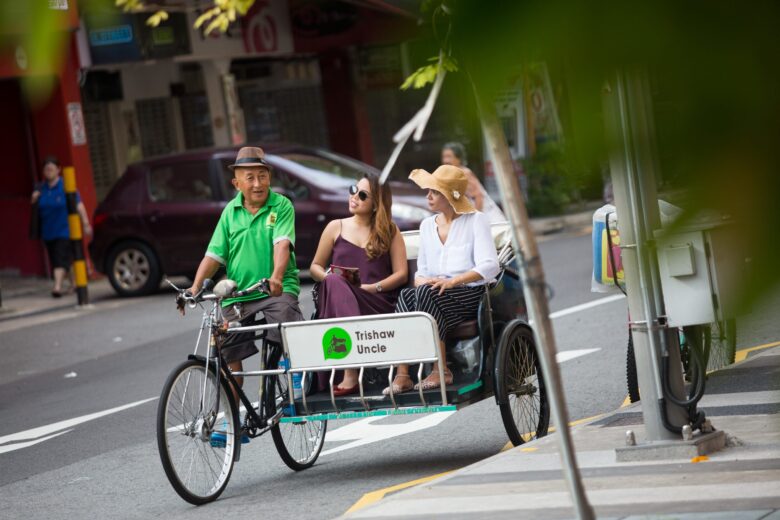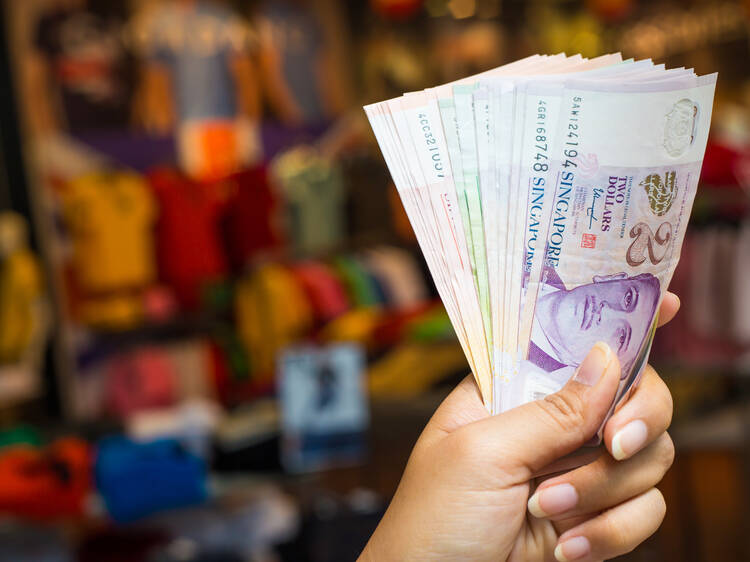It is crucial to plan carefully when you decide to explore Singapore. You must take everything into account, starting with your commute and moving around. You should consider public transportation if you’re planning for more than one or two weeks. It is among the simplest methods to move around Singapore in comfort.
You have a variety of transportation options, including local buses, river taxis, the Sentosa Express monorail, railways, and many others. When getting on or off the bus or leaving the station, all you have to do is swipe the card over the sensors. Tourists can simply acquire cards at 7-Eleven locations or at customer service desks located at MRT stations. Additionally, with redbus, purchasing transtar travel bus tickets online is simple.
Getting around in Singapore

Source: lonelyplanet.com
Despite its tiny size, Singapore has a lot of sights to explore. In addition, Singapore offers a surprising number of must-visit areas, including Little India, Bugis, Chinatown, Marina Bay, the Financial District, and Sentosa Island.
Mass Rapid Transit (MRT) is a quick and reasonably priced means of getting around Singapore. The cost of a ticket varies depending on where you are travelling, but is often approximately SGD 4. (USD 3). The Singapore Tourist Pass is a fantastic offer if you want to see as much of the city as you can. For a predetermined time, you have unrestricted travel.
Taxi: A popular app called Grab is used here, and the journey costs considerably less than what a regular taxi would charge. It functions exactly like Uber, which Singapore is getting rid of. Although there are many taxis available around the city, the cost might rise quickly because they start charging peak rates after 6 p.m.
Metro: In Singapore, the MRT is the most effective, hygienic, and fully air-conditioned mode of transportation. Mass Rapid Transmit is referred to as MRT. The system operates from 5:30 a.m. to midnight and has more than 130 stations. The train runs every two to three minutes during peak hours and every five to seven minutes during off-peak hours.
Moving on, MRT runs underground in core cities. It includes six lines with different colors, including:
- North-South- Red
- North-East – Purple
- East-West – Green
- Circle Line – Orange
- Downtown – Blue
- Thomson-East Coast Line – Brown
Car: More than 5 million people reside in Singapore. It is therefore acceptable to remark that you might encounter traffic here. Travelling alone while driving might be very uncomfortable. On the other hand, parking will blow a hole in the budget. Therefore, consider carefully whether you want the car or not. You can rent a car if you still wish to travel to Singapore by car.
There are several rental offices at the airport and all around the city. As a result, renting a car in Singapore won’t present any issues for you. First, however, make sure you are familiar with their traffic rules and regulations.
These are some of the ways that you can commute to Singapore. First, thoroughly investigate any model you are considering to determine which is ideal for you. You won’t have any issues during your vacation to Singapore as a result.
Trishaw

Source: trishawuncle.com.sg
Trishaw Uncle, the only authorized trishaw tour provider in the city-state, offers novelty trips around some of the most atmospheric neighborhoods in Singapore using its depleting fleet of trishaws, which were once a common mode of transportation in the Little Red Dot. These days, independent trishaw drivers are hard to come by; hunt for them in popular tourist areas like Chinatown and around Raffles Singapore.
Cycling

Source: scmp.com
Despite being a sweaty endeavor in Singapore’s persistently hot and muggy climate, the Land Transport Authority nonetheless plans to increase the country’s 460km (286mile) network of bike routes by 2030. The 186-mile (300-kilometer) Park Connector Network of trails connecting Singapore’s parks and the designated mountain biking sites at Bukit Timah Nature Reserve, Tampines, and Pulau Ubin are among the city-top state’s attractions.
Sentosa, Pasir Ris Park, East Coast Park, and the Southern Ridges are additional fantastic locations for biking. It should be noted that only fold-up bikes are permitted on trains and buses, and that only one fold-up bike may be present at any given time.
Renting a bike for an adult costs as little as S$7 per day on Pulau Ubin and as much as S$12 per hour in other locations along East Coast Park, Sentosa Island, and Pulau Ubin.
Boat
To travel the 15 minutes to Pulau Ubin, a laid-back island getaway, you must take a bumboat (motorized sampan) from Changi Point Ferry Terminal, close to the airport. Be prepared to wait since boats don’t leave until they are full (typically 12 people).
Four of Singapore’s Southern Islands are also accessible by public ferry, with services departing from the Marina South Pier towards St. John’s Island, Lazarus Island, Kusu Island, and Sisters’ Island. Tickets for island hopping are available.
Money-saving Tips

Source: timeout.com
- Take public transportation; it’s the fastest and most effective method to get around in Singapore. A Singapore Tourist Pass costs 10 SGD per day for unlimited use of public transportation. A two-day pass costs 16 SGD, while a three-day pass costs 20 SGD if you’re staying for several days.
- Eat on Smith Street – The vendors here are an excellent spot to try local delicacies and provide food for less than 6 SGD.
- Cheap cuisine is available throughout the city at hawker stalls, Little India, and Chinatown. These locations offer some of the best meals around for only a few bucks!
- Use Couchsurfing to stay for free with a local and stay with them. Not only will you save money, but you’ll also meet someone who can provide you with advice and insider information.
- Stick to happy hour – Drinking too much alcohol will cost you money in Singapore. If you do intend to drink, limit yourself to happy hours.
- Avoid purchasing bottled water; instead, just refill your bottle with the tap water available here. You’ll save money, and the environment will benefit from it!

